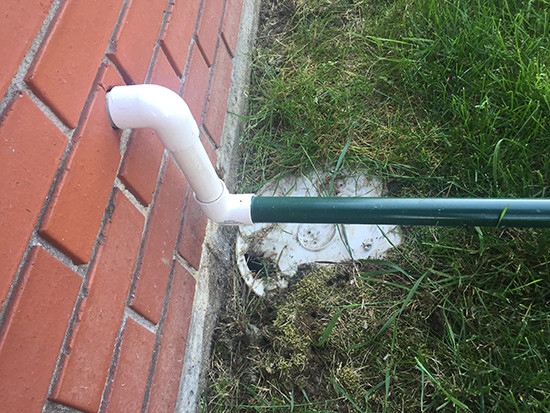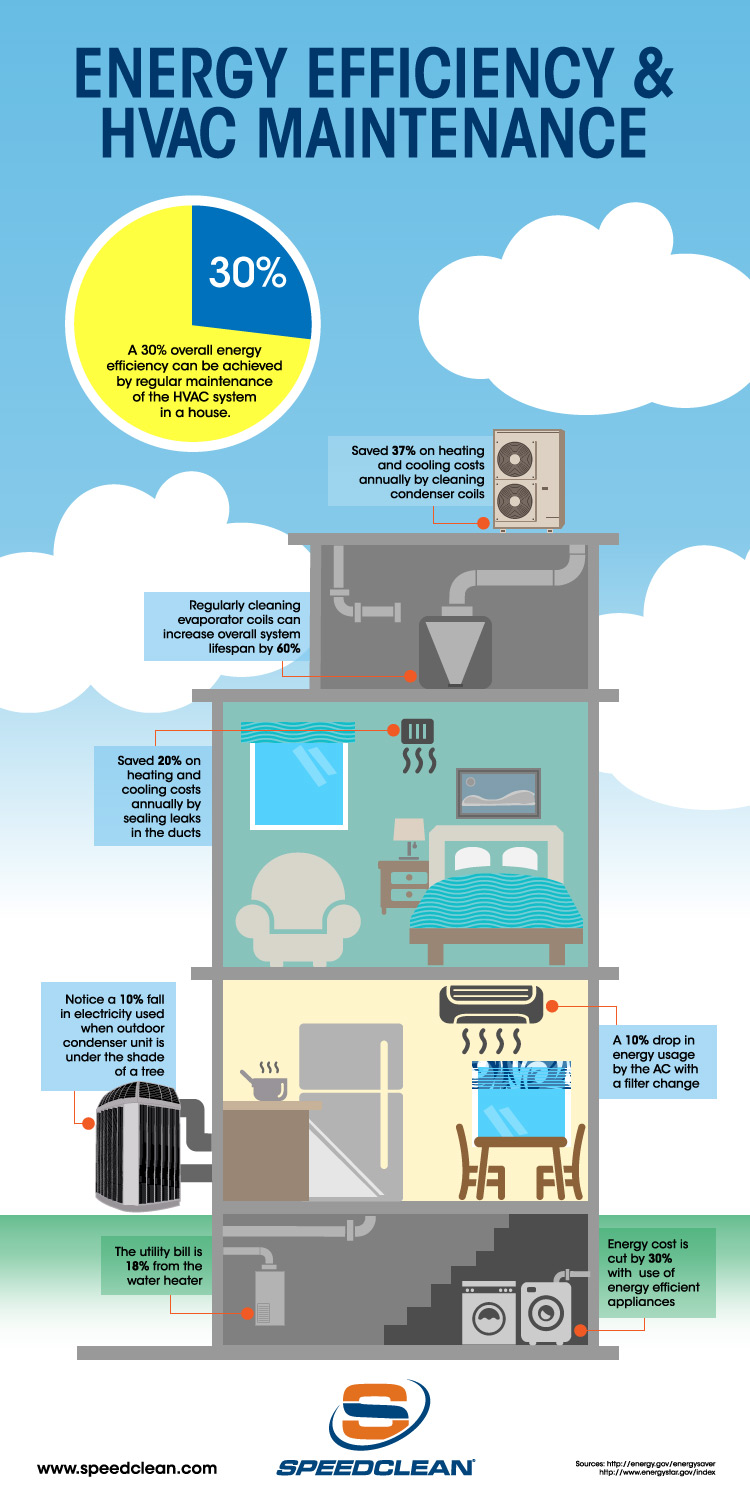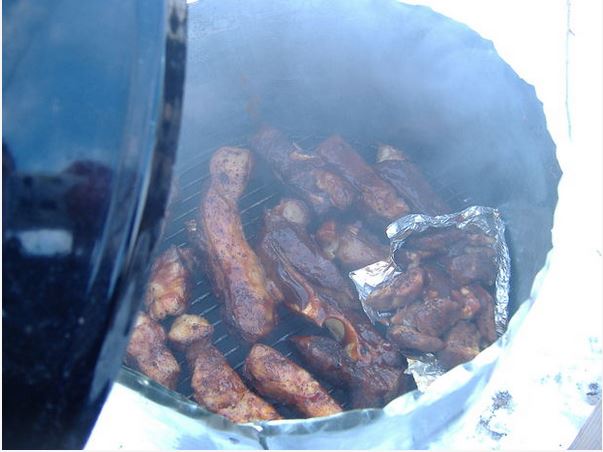As the old adage goes, “there’s a million ways to skin a cat”, not that I’d ever want to do that.
When it comes to damage caused by HVAC system, a clogged condensate line leading to a flooded drain pan ranks up there high. Water backs up the condensate line and before you know it, tell tale water signs on the ceiling. Of course by then it’s too late already. Proper installation and maintenance of the condensate line is critical to optimal performance and mitigation of the risk of catastrophic damage.
There are a few solutions out there. Some are better than others. Some new. Some old. There are a variety of compressed air solutions. These can be very successful but also pose a threat of damage to the drain lines. Generally they use a blast of air up to 800 psi. This can overpower poorly glued joints, causing them to split or loosen and then they will require a fix. Other air powered solution include nitrogen tanks or an air compressor to blast the lines as well. The ultimate results is a mess at the end of the drain line.
Vacuum power is quickly becoming a solution too. The concept being instead of creating pressure behind any clogs with air, create negative pressure from the outside with a vacuum. The vacuum will require a decent amount of power (90+ CFM) and generally doesn’t come with specific nozzles to perfectly fit a 3/4″ line, however that doesn’t stop any contractor I know. The benefits are big. Less risk to blowing out joints and it collects all the debris for you so no mess to clean up. Shameless plug alert. Our BucketVac 5 gallon bucket wet/dry vacuum is a terrific solution. It’s powerful and it attaches to any standard 5 gallon bucket so volume isn’t an issue. Plus it’s lightweight and easy to store.
Do you use something different? Have you had an experience with a vacuum to clear condensate lines? Let us know in the comments below.




Leave A Comment